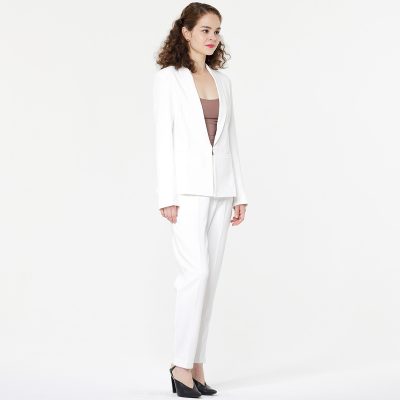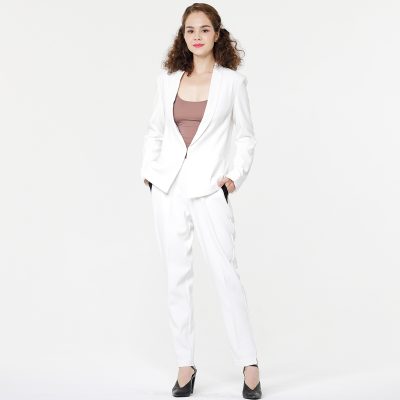Decoding dress codes can indeed feel like cracking an enigma, especially in the realm of corporate wear where different industries and companies have varying expectations for attire. Here’s a guide to help you navigate and understand the common dress codes associated with corporate settings:
- Business Formal/Professional:
- For Men: A tailored suit in a dark color (black, charcoal, navy) with a dress shirt and a conservative tie. Dress shoes should be well-polished.
- For Women: A pantsuit or a skirt suit with a blouse. Closed-toe heels and minimal jewelry are appropriate. Neutral colors are often preferred.
- Business Casual:
- For Men: Dress slacks or chinos, a button-down shirt (no tie necessary), and optional blazer. Loafers or polished dress shoes complete the look.
- For Women: A blouse paired with dress slacks, a skirt, or a modest dress. Cardigans, blazers, and closed-toe heels are suitable.
- Smart Casual:
- This dress code allows for a more relaxed yet polished look.
- For Men: Dress pants or chinos, a collared shirt (tucked in or neatly worn untucked), and loafers or stylish sneakers.
- For Women: Tailored separates like dress pants or a skirt with a blouse or knit top. Flats, low heels, or fashionable sneakers work well.
- Casual/Relaxed Dress Code:
- This code often implies a laid-back and comfortable style while still maintaining professionalism.
- For Men: Neat jeans or chinos, a casual button-down shirt, and clean sneakers or loafers.
- For Women: Casual dresses, skirts, or jeans paired with stylish tops. Flats, sandals, or sneakers are acceptable.
- Creative/Startup Attire:
- Creative industries or startups may have more flexibility in dress code.
- For Men: Express yourself through stylish, unconventional combinations while maintaining a polished appearance.
- For Women: Incorporate trendy pieces, unique accessories, and fashionable silhouettes within the bounds of professionalism.
- Formal/Black Tie Optional:
- This dress code is often seen at special events, such as corporate galas or awards ceremonies.
- For Men: A dark suit, dress shirt, and optional tie. A tuxedo is suitable but not required.
- For Women: A formal cocktail dress, dressy separates, or a long evening gown.
Remember, these are general guidelines, and dress codes can vary between companies and industries. If you’re unsure about the appropriate attire for a specific event or workplace, consider these steps:
- Observe: Look at how your colleagues, especially those in leadership positions, dress on a daily basis and during important meetings.
- Ask for Guidance: If in doubt, don’t hesitate to ask HR or a colleague about the expected dress code for a particular event or situation.
- Err on the Side of Formality: If you’re unsure, it’s usually better to slightly overdress than underdress. You can always remove a tie or jacket if needed.
Ultimately, understanding dress codes and corporate wear comes down to adapting to your company’s culture while maintaining a professional, polished, and confident appearance.




















